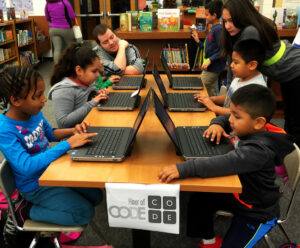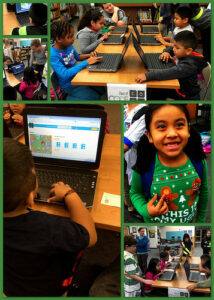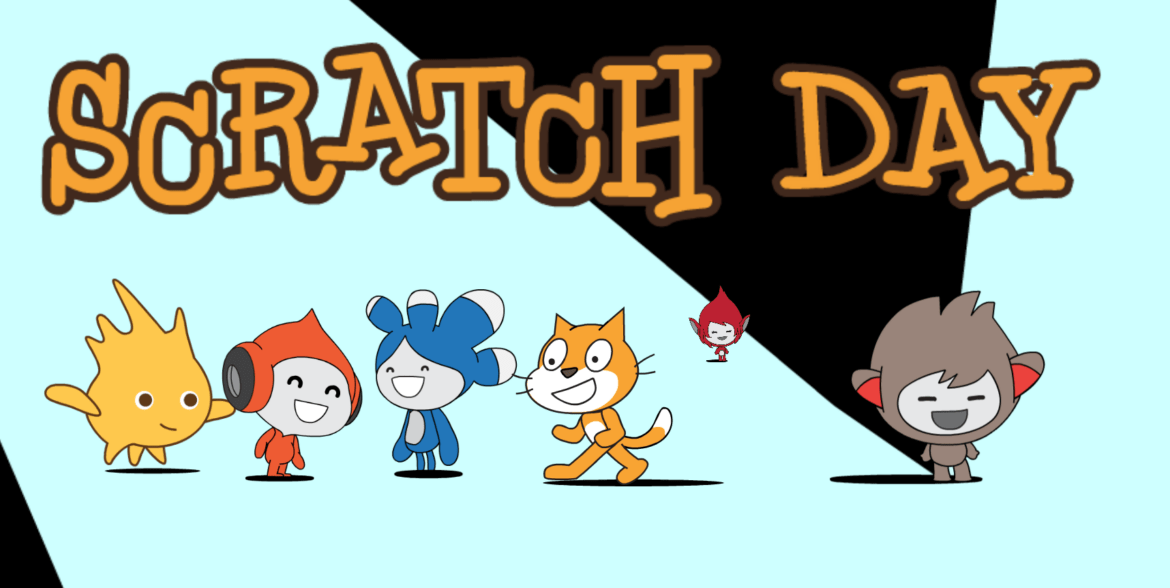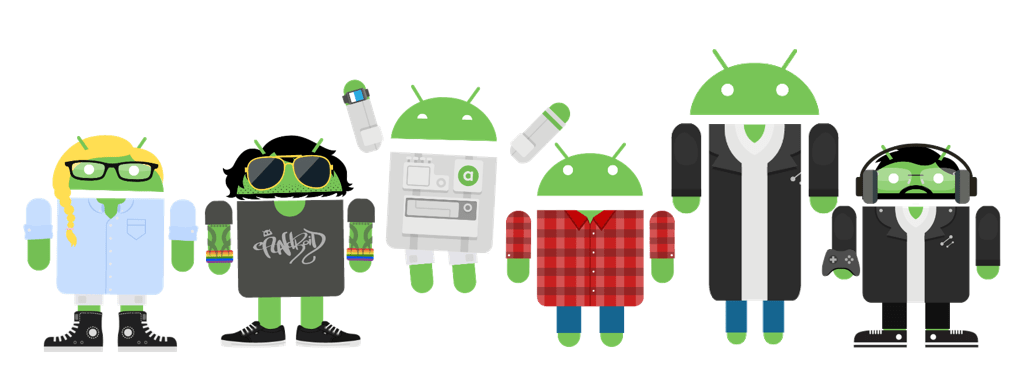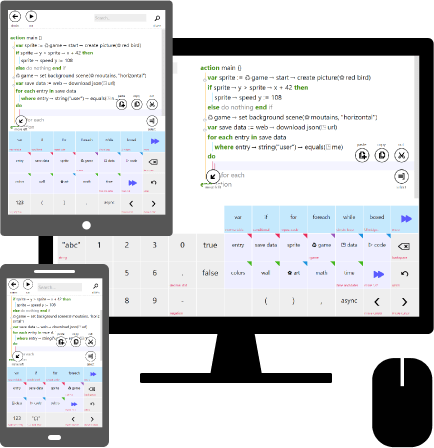Students in our gifted and talented program (GT) have a lot of different tracks to choose from. Some of the most popular are animation, video game coding, video special effects, podcasting, and robotics — all of which help prepare students for success in higher education and the workforce.
Because our GT students learn at a quick pace, they can usually handle more than just the core curriculum content. Wanting to expose more of them to computer coding opportunities, we incorporated CoderZ competitions into our GT program after I learned about it from the high school CTE director.
Putting Coding into the GT Program
Here’s how we’re using robotics and coding to help young students get an early footing in the workforce of the future. Our students took to CoderZ quickly and we actually won the Midwest Regionals in the 2019 coding and robotics competition. Here are five more reasons why coding is a good addition to a GT program:
1. You can apply it to other subjects (outside of science). I’m technically an ELA teacher, but we use coding, robotics, and other advanced concepts as extensions for writing. Because so much about the coding is very similar to sentence structure and choosing the right words to communicate ideas, we’re able to blend it into everything we do here.
2. It cultivates future leaders. The top group of students who signed up for our virtual robotics class through CoderZ finished all of the modules within a week and were hungry for more. They instinctively shared ideas and organized their efforts to get the best result. By getting them to think as a group and figure things out, we can effectively prepare future leaders for success.
3. You can be more relatable with code. If I’m teaching poetry or fiction and trying to get students to relate to a specific piece of work, having a virtual/digital world that includes code allows them to put their brain into that space. They can assess how a character would respond or react in that environment to determine how they could characterize or develop setting or description. By letting them dabble in the electronic world, their writing starts to improve.
4. It encourages teamwork. My seventh and eighth grade students are at the point now where teamwork is in their blood. When they start a new project, they’re immediately asking questions like, “Okay, who’s going to do what job?” “How do we tackle this task?” and “How do we get from target to target?” It becomes so embedded that they can apply this groupthink mentality — which is always faster and more efficient — to just about any problem.
5. Girls like the creative aspects of the program. Our coding and robotics classes are usually popular with boys, but we found that one way to get girls more interested is by infusing more creativity (e.g., photography, special effects, etc.) into the opportunity. Where they may see a robot as being very technical, for example, they’ll gravitate toward classes that give them a chance to think beyond just using tools to build something, and to really stretch their imaginations.
A Great Experience
We have about 20 students signed up for this year’s CoderZ League competition, which has two tracks: Junior and Pro. We’re using both the CyberRobotics 101 and 102 courses to develop their skills, and several of the students have taken on the Amazon challenge. The fact that the coding applies to the same autonomous machinery used at Amazon was a big motivator to accept the challenge since it has real world application. It has been a great experience so far.
Photo by Julia M Cameron from Pexels


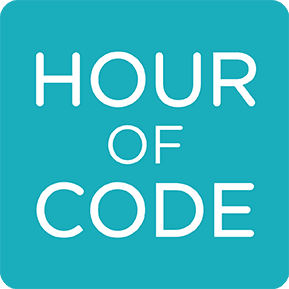
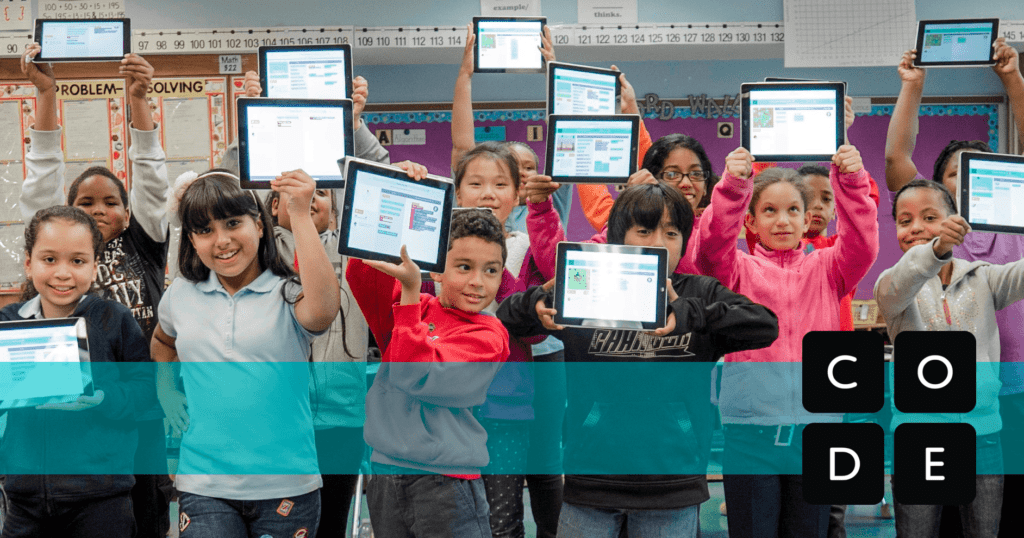
 activities are self-guided so you don’t have to know how. You can learn to code at the same time as your participants! All you have to do is select a
activities are self-guided so you don’t have to know how. You can learn to code at the same time as your participants! All you have to do is select a Now that you are all jazzed about hosting an Hour of Code, you want to make sure others know about it. Hour of Code has all types of
Now that you are all jazzed about hosting an Hour of Code, you want to make sure others know about it. Hour of Code has all types of 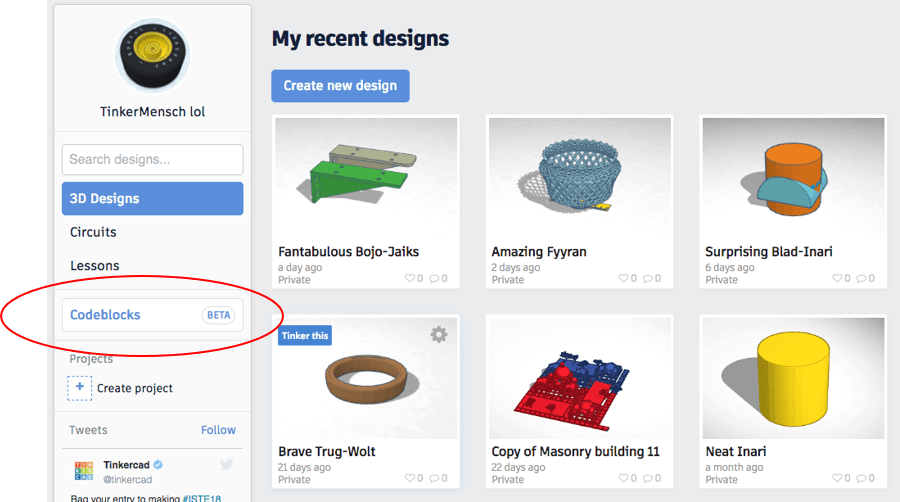

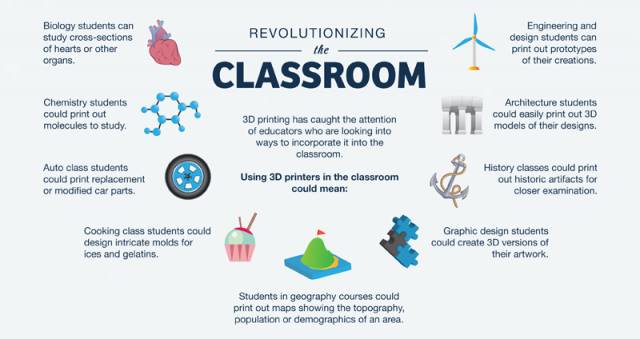

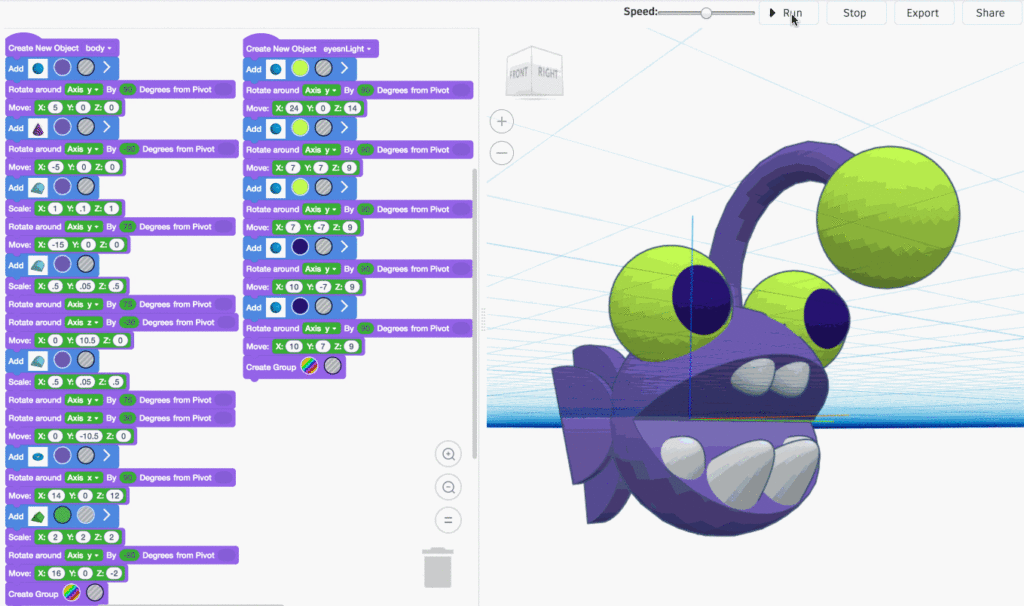
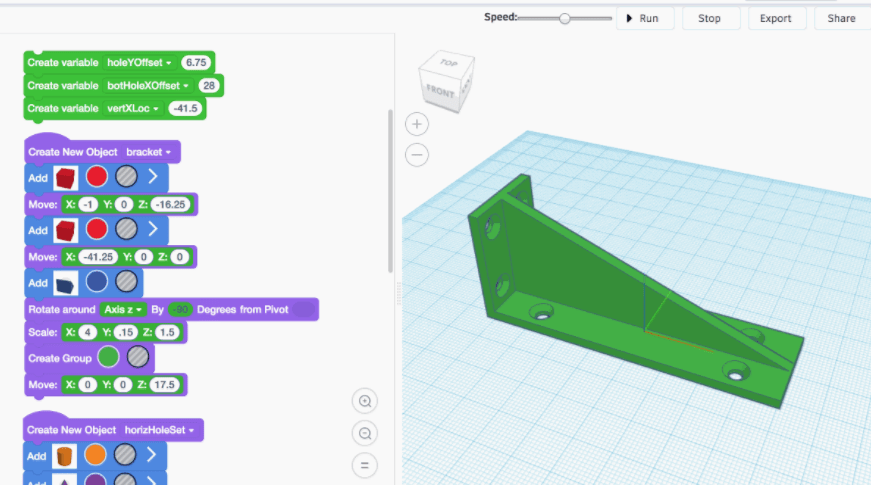
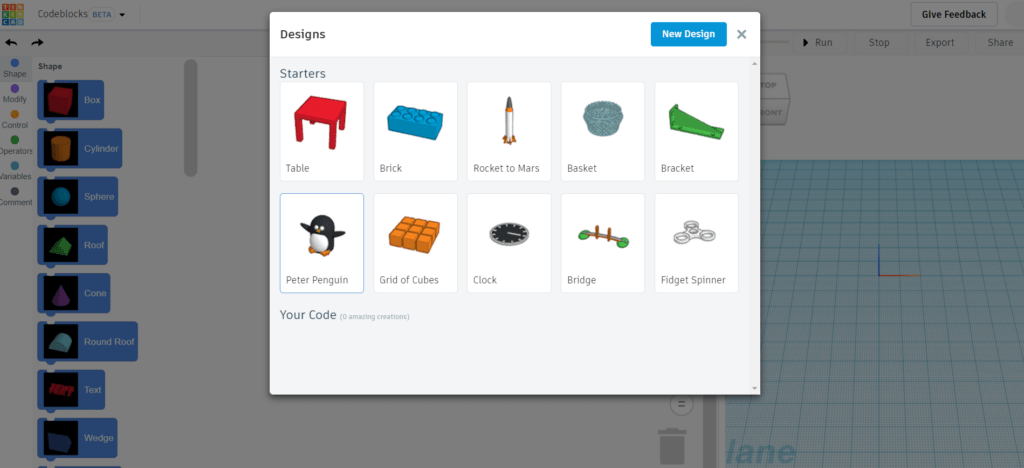


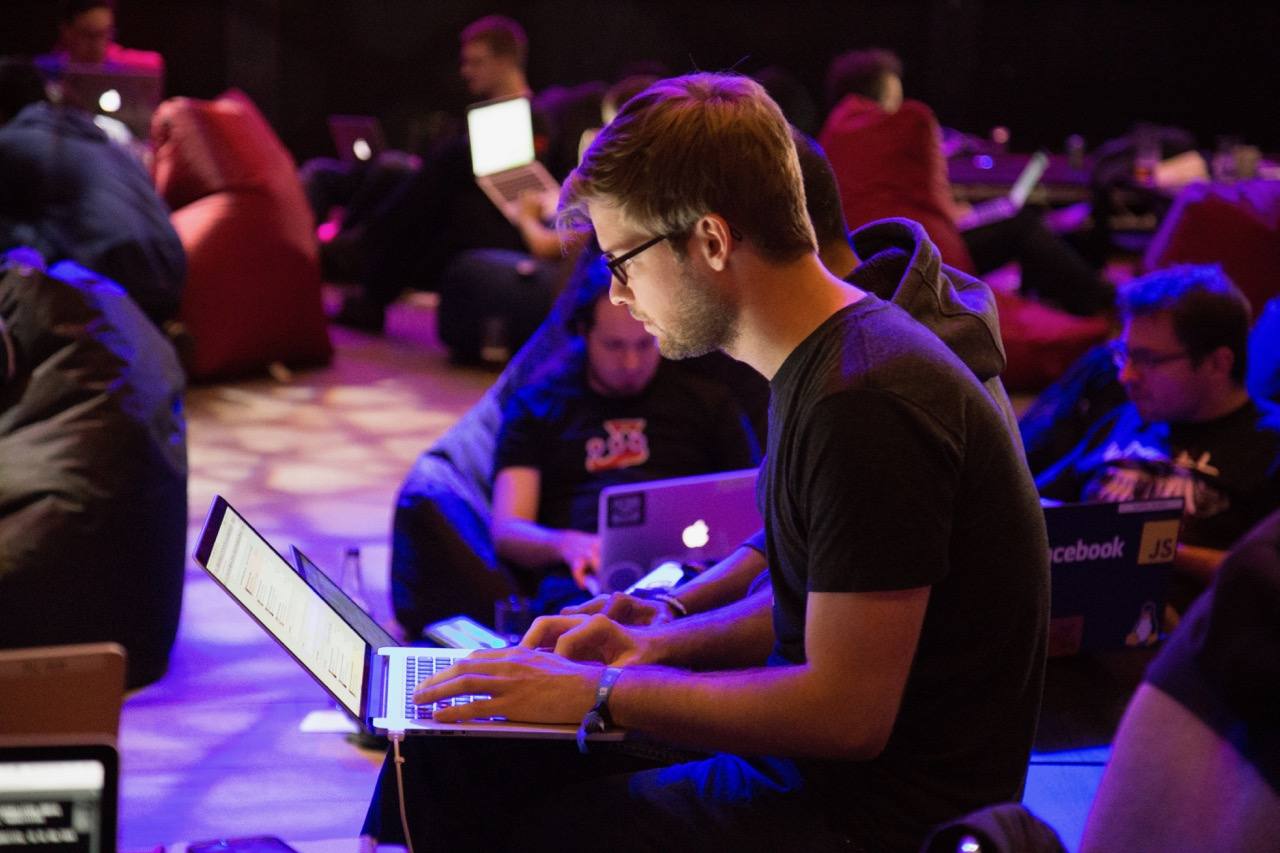 These changes will give more options to districts as they decide which courses they can staff. Many districts offer Computer Science I, Computer Science II, and AP Computer Science A. However, because many districts
These changes will give more options to districts as they decide which courses they can staff. Many districts offer Computer Science I, Computer Science II, and AP Computer Science A. However, because many districts  In addition, the SBOE is requiring publishers who submit digital instructional materials for Proclamation 2019 to complete
In addition, the SBOE is requiring publishers who submit digital instructional materials for Proclamation 2019 to complete 
